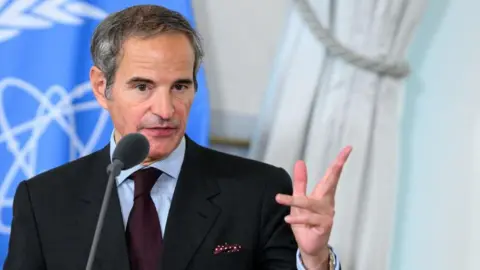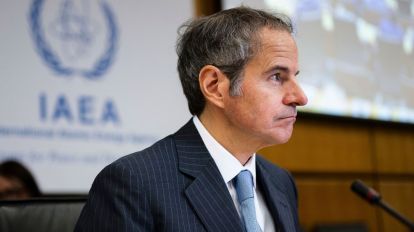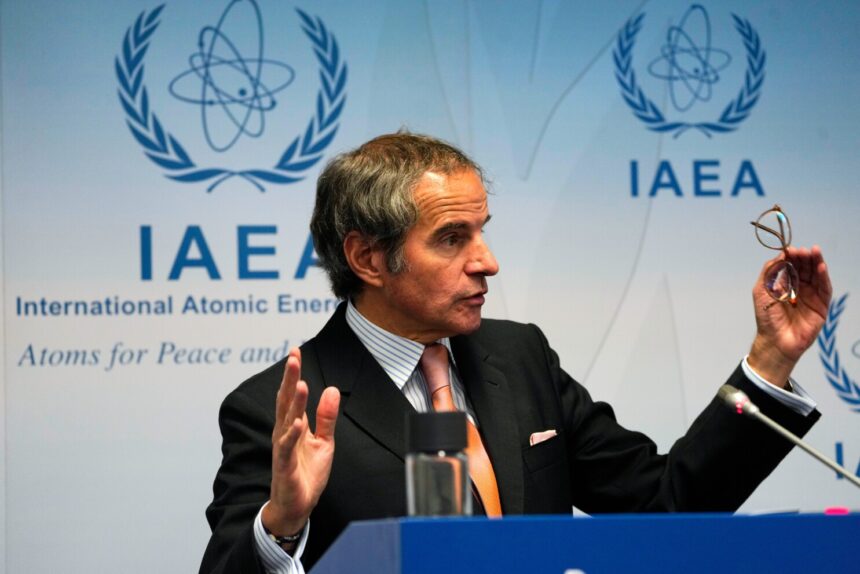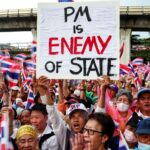Introduction
The International Atomic Energy Agency (IAEA) Director General, Rafael Grossi, has issued a grave warning: despite recent US–Israel strikes targeting nuclear sites iran uranium enrichment months, Iran could resume weapons-grade uranium enrichment within mere months.
Assessment: Severe Damage, Not Total Destruction

In interviews with CBS and NBC News, Grossi clarified that while the strikes on Fordow, Natanz, and Isfahan facilities caused “severe but not total” damage, Iran retains its “industrial and technological capacities” to restart enrichment operations. He cautioned that Iran “can have… in a matter of months… a few cascades of centrifuges spinning and producing enriched uranium” ([Reuters](https://www.reuters.com/world/middle-east/iaea-chief-says-iran-could-be-enriching-uranium-within-months-2025-06-29/)). Without IAEA inspectors on the ground—due to recent Iranian restrictions—verification is limited.
Pentagon Leak: A Short-Term Setback
A leaked Defense Intelligence Agency report, obtained by Reuters, estimated the nuclear strikes delivered by the US and Israel likely only set Iran’s program back by months iran uranium enrichment months. Above-ground structures were damaged, but subterranean installations—centrifuges and enriched uranium stockpiles—appear largely untouched. This contradicts earlier claims that the strikes “totally obliterated” Iran’s nuclear capacity.
US Officials Contest Intelligence Leak
US officials, including Defense Secretary Pete Hegseth and former President Trump, pushed back against the intelligence leak. Hegseth described the operation as a definitive success iran uranium enrichment months, noting no substantial intelligence suggesting uranium was moved prior to the attack. Trump argued the classified material was shared too slowly and urged restraint in media coverage of the leak.
Conversely, military analysts highlight significant intelligence disagreements iran uranium enrichment months. Some point to satellite imagery of vault seals intact and rumors of canisters being covertly transported to undisclosed locations prior to strikes. An intercepted communications report cited by Reuters also notes contradictory accounts from Iranian military channels.

Operation “Midnight Hammer”
The coordinated strikes, dubbed “Operation Midnight Hammer,” involved fourteen B-2 bomber-delivered GBU-57 bunker buster bombs and Tomahawk missiles. Initial damage assessments praised the destruction of surface installations but acknowledged that key underground infrastructure—including centrifuge tunnels—survived intact.
Enrichment Capacity and Existing Stockpile
Before the attacks, Iran had amassed uranium enriched up to 60% purity—near weapons-grade. Grossi indicates some heavy enrichment may have been lost, though it’s possible uranium stocks were relocated prior to strikes. If Iran regains access, they could rapidly ramp the program back up, bypassing initial breakout stages.
Ceasefire Negotiations and IAEA Access
Following the strikes, a fragile ceasefire was brokered with US and Qatari assistance. Meanwhile, Iran’s parliament voted to suspend IAEA cooperation, preventing inspectors from visiting the affected facilities. Grossi maintains that restoring inspector access is vital and non-negotiable for long-term monitoring and non-proliferation.
Implications for Diplomacy and Security
- A rapid return to enrichment undermines reliance on military strikes alone to halt progress.
- Operational capability remains intact—only paused temporarily.
- Renewed diplomacy, oversight, and conditions-based agreements are essential to prevent escalation.
Conclusion
The IAEA chief’s warning illustrates capable Iranian infrastructure and latent nuclear potential. This underscores the limitations of military measures and the urgent necessity of diplomatic solutions combined with stringent inspections and oversight.
🔗 Short URL: bit.ly/IAEA‑Iran‑Nuke
Stay informed on Middle East security and nuclear developments: Middle East Ceasefire & Nuclear Diplomacy.









